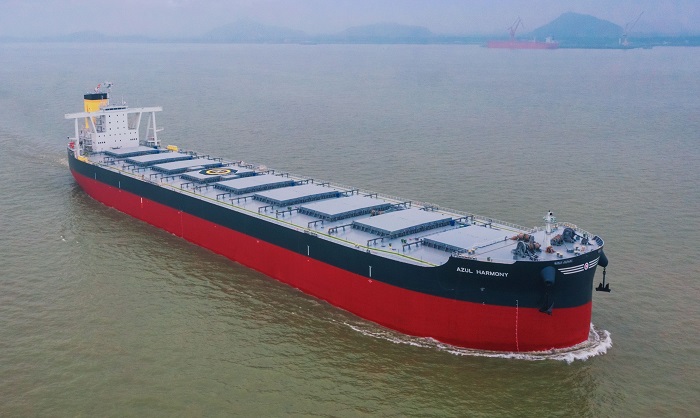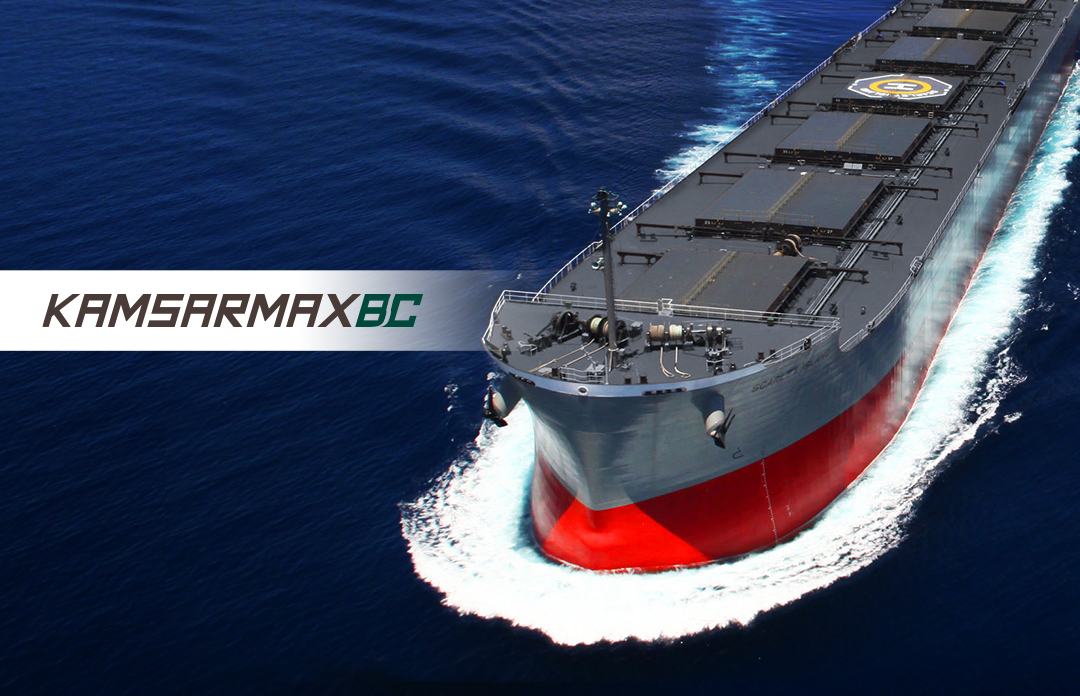|
|
Usage and Purpose Seagoing Bulk Carriers
The operation of bulk carriers involved numerous hazards. Shipboard safety issues that are important require the use of a careful plan and care. This website is intended to be a quick reference for international shipping communities. It provides information and guidance on loading and unloading bulk cargo types. The website must stay within the limits that are set by the classification society. It is essential to reduce the risk of a ship's structural stress, and to follow the safety requirements for safe passage at Sea. There are detail pages on our website that cover various topics related to bulk carriers. They are helpful both for passengers onboard as well as those ashore in the terminal.
General features for bulk ships that travel by sea.
Bulk carriers could be single deck vessels. They have top-side tanks and hopper side tanks. They are typically used in cargo spaces. They are made to carry bulk bulk materials. Solid bulk cargo is anything that is not liquids or gases made up of a mixture of particles and granules. It can be loaded directly into cargo areas without any kind of containment. Dry cargo includes bulk grains, sugar, and even ores. In its broadest sense, the term bulk carrier embraces all ships designed primarily for the carriage of solid or liquid cargo in bulk form which includes tankers. The term"bulk carrier" is commonly used to describe vessels that are specifically designed to carry bulk solid cargos. These include grain, similar agricultural products, and minerals like coal, ore and stone on one or more voyage legs. Check out this handymax bulk carrier blog for more.

What Is A Bulkship?
"A ship which is intended primarily to carry dry cargo in bulk, including such types as ore carriers and combination carriers"
Carrying weights range from 3,000 tonnes up to 300,000.
-Average speed of 12 ~ 15 knots
-Single deck ships, ie no tweendecks
Carriers of medium to small size bulk (carrying capacities between 40 to 60,000 tonnes) typically have cargo handling gear. However, larger vessels can use docks to load and unload.
-Cargo holdings are typically large and clear of obstacles. There are larger hatch sizes so that cargoes can be unloaded and loaded easily.
Ballast holds are a standard element on bulk carriers. This is a great way to enhance stability on ballast voyages. Two or three additional holds may be permitted to ballast partially, but only in port
-They can be covered with single pull or hydraulic, or stacking (piggyback) kind of steel hatch covers
Quatre ballast tanks are the most common types.
Sloping topside wing tanks
Bottom of wing slopes downwards tanks
Double bottom tanks
Peak and post peak ballast water tanks
What is a solid bulk cargo? Anything other than liquid or gas substance that is a mixture of particles and granules. It can be brought directly into areas of cargo without the need for intermediate container. Bulk carriers are able to carry a variety of cargoes, comprising "clean" foodtuffs and "dirty", minerals, in addition to cargoes that may react with one another or other contaminants such as water. It is important to make sure that the areas for cargo are properly ready for the specific item. A surveyor will often be called upon to examine the space and determine if it is suitable to be loaded. It is crucial that any residues of a prior cargo are cleared away to make sure that contamination doesn't occur. The damage to bulk cargoes can be mainly due to water. The hold are required to be dry for the transport of cargo. But, hatch covers must be watertight, or sealed if necessary to keep water out. All fittings within the hold (ladders and pipe guards, bilge covers and bilge cover.) are to be checked. must be inspected to make sure they're in good condition and properly fitted. They can cause significant wear and tear to conveyor belts, which can cause delays. If the equipment is discharged accidentally with cargo, the ship may be held accountable. Click over to this dry cargo vessel specialist for more.

Bulk Carrier, Bulker The vessel is designed to transport dry cargo. Conventional bulk carriers have a single deck with single skin, double-bottom topside tanks and hopper sides. Bulk carriers can carry any bulk cargo including heavy ore and light grains, up to the maximum weight. The loading, transportation and then the discharge of dry bulk cargo isn't as straightforward or straight-forward as people imagine.
Gearless Bulk Carrier
A lot of bulk cargoes have dangers and can change their properties upon passage. Improper loading can easily cause damage to the vessel. It is possible for the ship to bow if it is not loaded properly. The stress can lead to dangerous situations on the sea during severe weather. Last cargoes could also be negatively affected by residues of previous cargoes. Water damage can also have a devastating effects on certain bulk cargoes e.g. cement power. It's not always simple to verify the exact weights of cargoes that were loaded or removed. These factors all can have an impact on the methods of operation for the safe transport of bulk cargoes. Discharging bulk cargo using? Bulk cargoes are able to form a conical shape when they are loaded onto conveyor belts. This angle is known as the "angle of repose" and is different based on the particular cargo. Iron ore cargoes, however are formed by a steeply-angled cone. Cargoes whose flow is free will form shallower cones. Cargoes that have low angles of repose tend to move more through the course of transport. Certain cargoes require bulldozers to help distribute the load across the holdings. Most dry-bulk carriers depend on dock facilities for cargo loading and discharge However, some bulk carriers have self-unloading capabilities with conveyors underneath the cargo holds or cranes on the deck. |
|